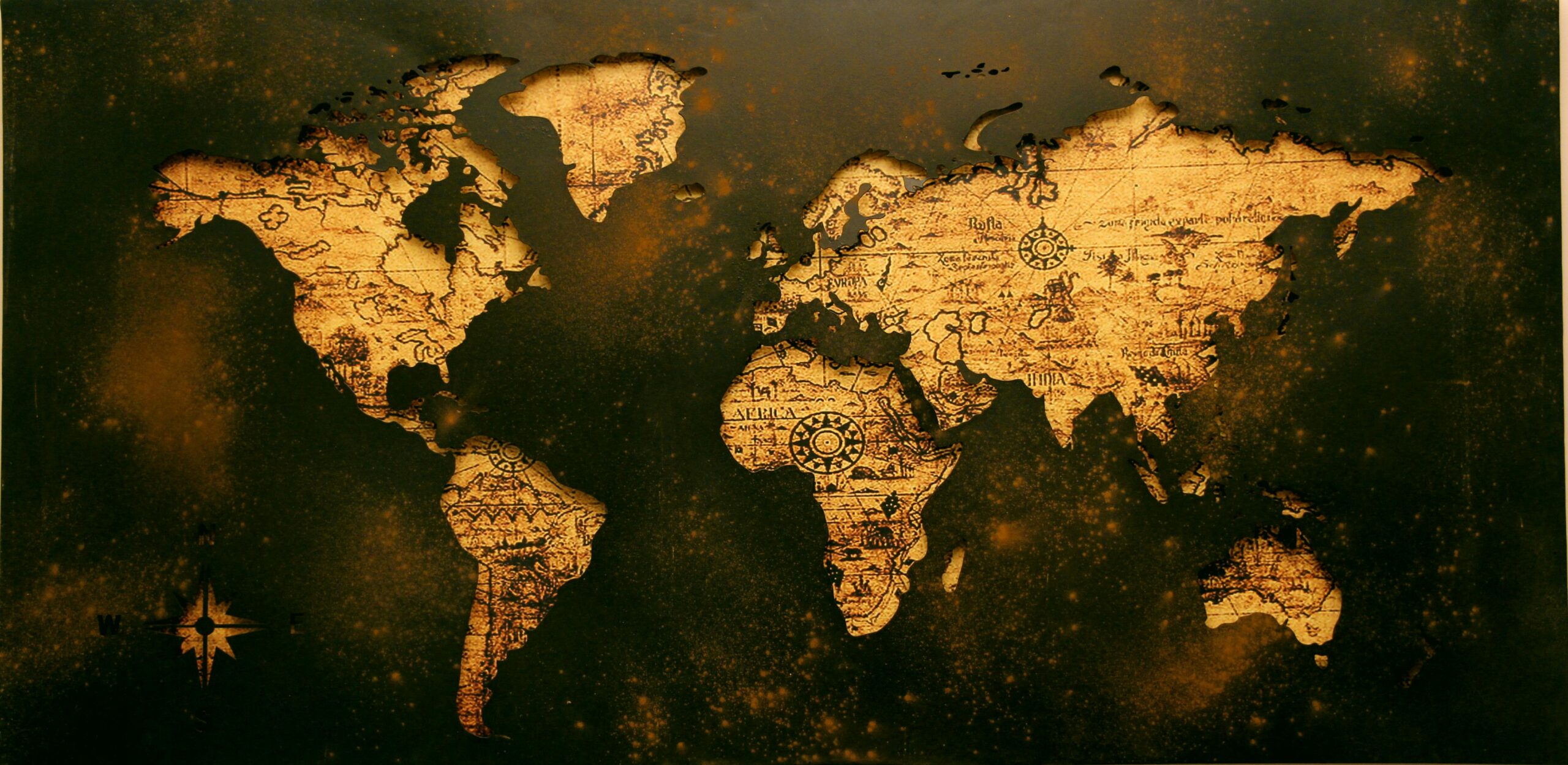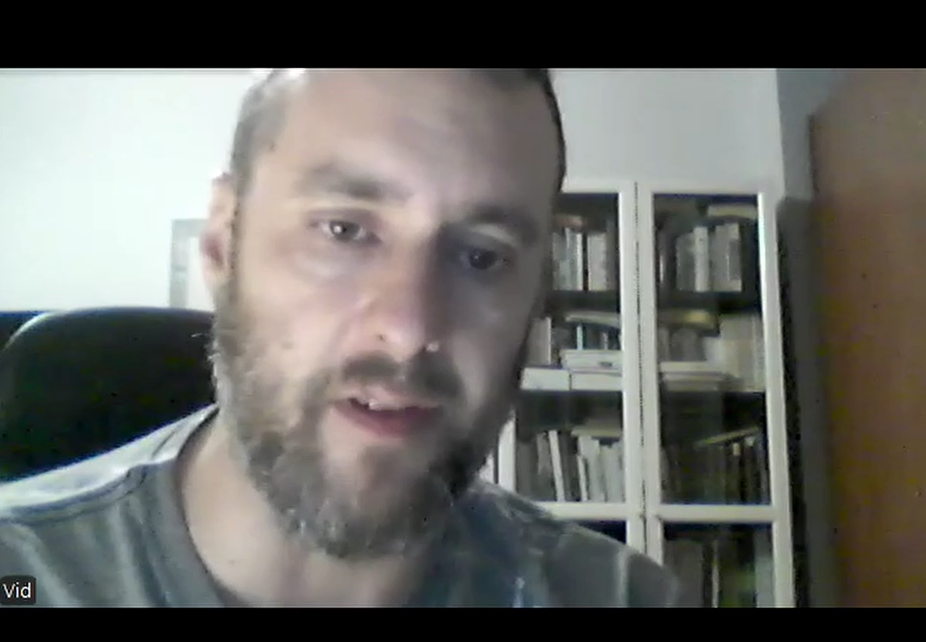By Ivan Toth
Every individual (including the rulers themselves) is considered state property. This definition, in line with the views of the majority of authors who have studied and continue to study totalitarianism, requires further clarification.
Firstly, in order to achieve perfection, the totalitarian principle of organization demands state control over the means of production. In other words, a state that allows significant parts of productive activity and certain economic initiatives to remain in private hands—and thus, for some segments of society to be independent from the state—cannot reach its ideal form. According to some authors, totalitarianism has the greatest chance of fulfilling its ideal within a socialist economic framework.
Secondly, a perfect totalitarian system has never existed. However, we know of societies that exhibited a very strong, constantly active, “built-in” tendency to nationalize all forms of communal and individual life. For instance, Soviet and Chinese societies at certain points came very close to that ideal. The same applies to Nazi Germany, although that period was not long enough for a complete development, and despite the fact that instead of full nationalization, it settled for forcibly subordinating economic activities to state goals. Other fascist states lagged far behind Germany on that path, and even though European socialist states consistently moved in that direction, they never reached the level of Soviet totalitarianism.
It is remarkable, however, that the essence of totalitarianism can never be realized in a perfect form. Certain aspects of life—such as family, emotional, and sexual relationships—stubbornly resist the system’s encroachments. These aspects have constantly been subjected to various forms of state pressure, though never with complete success. The same goes for individual and collective memory, which the totalitarian system constantly attempts to destroy through reshaping, rewriting, and falsifying history to meet current political needs. A fitting sentence that encapsulates and explains this is one by an author who said, “It is obviously easier to nationalize factories and labor than to nationalize feelings, and easier to do so with hopes than with memories.”
Thirdly, the definition above indicates that there is no necessary link between terrorist or despotic regimes and totalitarian ones. Some of the bloodiest regimes may have limited goals and do not attempt to absorb all forms of human activity that diverge from state objectives. Even the worst forms and periods of colonial rule were often not totalitarian; their goal was economic exploitation, and many aspects of life were, from that perspective, uninteresting and thus left untouched. Conversely, a totalitarian system does not necessarily need to continuously use terrorist means of repression.
Perfect totalitarianism is an exceptional form of slavery without a master. It turns all people into slaves and precisely because of this, carries certain egalitarian features—where everyone is equal, but in reality, some are “more equal” than others.
Another feature of totalitarianism is that it seeks to shape, control, and simultaneously mobilize. It is at once anti-democratic, pseudo-democratic, and post-democratic. According to some authors, those systems are considered totalitarian that seek to ideologically shape the citizen, to completely encompass them through surveillance and violence, and simultaneously to mobilize them.
A totalitarian system is characterized by a single center of power, while an authoritarian system exhibits a certain level of pluralism. Totalitarianism is based on an exclusive ideology, while authoritarianism relies on a traditional and not always clearly defined worldview. Where totalitarianism pushes for mass mobilization, authoritarianism abandons directed participation and settles for political apathy.
A totalitarian dictatorship is thus the achievement of undivided power and its specific safeguarding through the most modern means. It is directed against civil democracy and political freedoms, particularly against the separation of powers. We can speak of totalitarian rule when a regime combines the overcoming of power division, the removal of political pluralism and the control of power through secret elections, with the elimination of an independent judiciary—all while controlling the instruments of power, legitimized by an ideology aimed at radically achieving a new social model.
According to some authors, all totalitarian dictatorships share the following characteristics:
- A developed official ideology, consisting of a doctrinal system that encompasses all essential aspects of human existence, which everyone living within the system must at least passively adhere to. It is characteristic that this ideology is aimed at and projected toward an ideal final state of humanity—that is, it contains a chiliastic demand to radically eliminate the existing world and subjugate it to a new one;
- A single mass party (or movement), usually led by one man, the “dictator,” which comprises a relatively small percentage of the total population (up to ten percent), with a core group that passionately and unreservedly adheres to the ideology and is prepared to support its victory by any means. This party is organized hierarchically and oligarchically, and it is characteristic that it is either superior to the state bureaucracy or completely merged with it;
- A system of terror, either physical or psychological, carried out through party surveillance and secret police control, which simultaneously monitors the party for the needs of the leader. It is typically directed not only against proven “enemies” of the regime but also against arbitrarily chosen segments of the population. The terror—whether conducted by secret police or the party—is systematically aided by modern science, especially the achievements of psychology;
- A technologically enabled, nearly complete party and state monopoly over effective mass communication tools such as the press, radio, and film (nowadays also including digital media, platforms, and, in general, the Internet);
- Likewise technologically enabled, nearly complete monopoly over the effective use of weapons;
- Centralized supervision and management of the entire economy through bureaucratic coordination of previously independent legal entities, subordinated to the influence of other legal entities and conglomerates.
The listed characteristics should not lead to the impression that there are no other, possibly less recognized traits. For example, administrative oversight of rights and the judiciary could be a constitutive feature, though the evolution and variations of totalitarianism show that such administrative control over the judiciary can be subject to significant limitations. Also, one potential feature is the issue of expansionist policy, which is often considered a typical trait of totalitarianism.
Few characteristics of totalitarian regimes appear as simultaneously confusing yet so indicative of the overall intellectual climate as the complete perversion of language—both legal and everyday. The distortion of the meanings of words used to express the ideals of the new order is striking. In this regard, the word “freedom” has perhaps suffered the most. It is used as freely in totalitarian states as anywhere else. The same applies to the concepts of justice, law, rights, and equality. The list of such words could be extended to include nearly all moral and political terms in general use. Even the word “truth” no longer holds its old meaning. It no longer signifies something to be discovered, with the individual conscience as the sole arbiter of whether something presented as evidence (or the standing of those presenting it) deserves trust. Instead, “truth” becomes something determined by authority—something one must believe in for the sake of unified, organized efforts, and which can be changed as those efforts require.
From all of this, we can conclude that the concept of totalitarianism has multiple characteristics, i.e., there are no uniform characteristics, as totalitarianism itself is not a uniform or standardized phenomenon. We cannot say that totalitarianism in Germany, Italy, or Japan was the same as in the Soviet Union or China. Above all, one must consider the historical context, circumstances, and a range of other factors that led to the development of different forms of totalitarianism.
Ivan Toth is a distinguished Croatian lawyer and analyst of social affairs.
Featured image: Needpix








